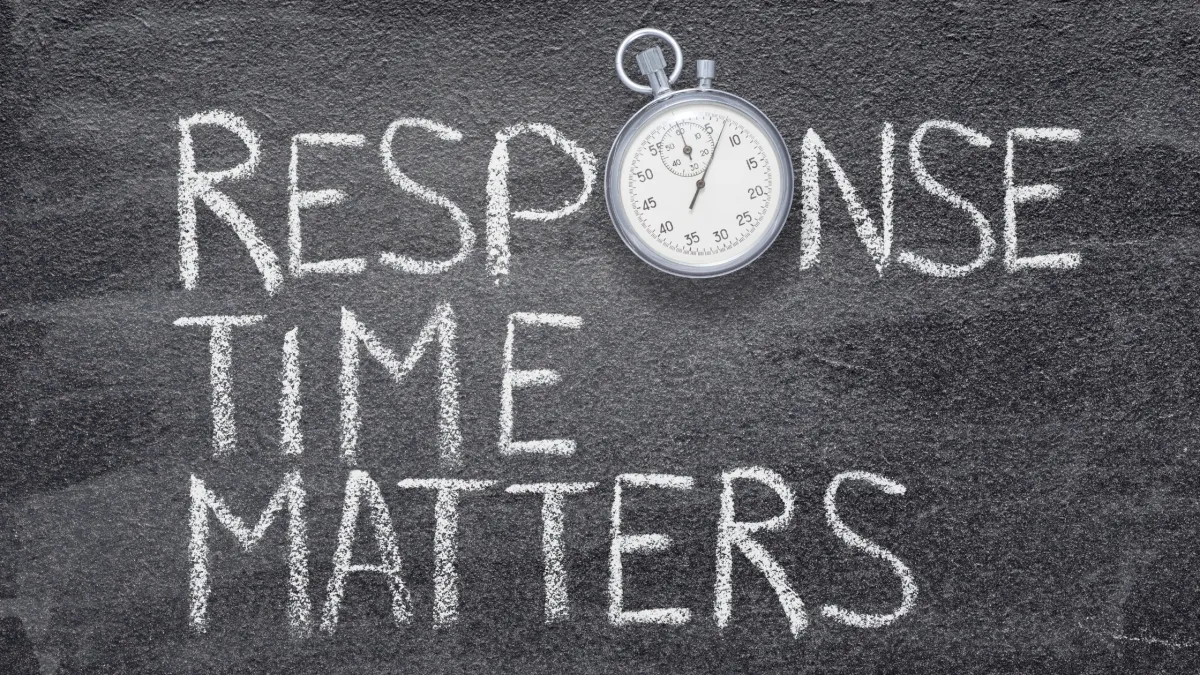
OSHA Citation Response Guide: What to Do in the First 72 Hours
Receiving an OSHA citation can be stressful, but the key to protecting your business is acting quickly and strategically. You have 15 working days from the day you receive the citation to respond, and the first 72 hours are critical. In this guide, you’ll learn exactly what to do, how to document your corrections, and how PCS Safety can help you reduce penalties and move forward with confidence.
Why Fast Action Matters
The clock starts the moment you receive the citation. Within those 15 working days, you must either correct the hazards, request an informal conference, or file a notice of contest. According to OSHA’s Employer Rights and Responsibilities, waiting too long can limit your options and increase costs.
The sooner you organize your documentation, correct hazards, and prepare your conference strategy, the better your chances of lowering or even eliminating fines.
Step 1: Control Immediate Hazards
Before reviewing paperwork or setting up meetings, focus on safety.
Remove or guard any hazard that poses an immediate risk to employees.
Lock or tag equipment that cannot be used safely until repaired.
Communicate interim precautions to your team.
Document these actions with photos, short notes, or maintenance records. OSHA often considers early hazard correction as a positive factor when determining penalties.
Learn more about hazard abatement requirements in 29 CFR 1903.19.
Step 2: Gather and Organize Information
Next, collect every relevant document and create a single folder for all evidence:
The citation packet and all correspondence
Inspection notes and photographs
Relevant written safety programs and training records
Safety Data Sheets (SDS)
Maintenance and calibration logs
Meeting or toolbox-talk sign-in sheets
Assign a point person to manage communications and deadlines. Having one coordinator prevents missed dates and mixed messages.
Step 3: Understand Each Citation Type and Penalty
Not all citations are equal. OSHA groups them into several categories:
Type Description Maximum Penalty (2025)
Serious Hazard likely to cause injury or death $16,550 per violation
Other-than-serious Administrative or minor exposure issues $16,550 per violation
Willful or repeated Intentional or recurring hazards $165,514 per violation
Failure to abate Uncorrected issues after deadline $16,550 per day
(Values from OSHA’s Penalties page).
Understanding the type helps you prioritize your response. “Failure to abate” fines accumulate daily until OSHA accepts proof that the hazard has been corrected.
Step 4: Build Proof of Abatement
OSHA requires employers to provide abatement certification within ten days after the abatement date. Depending on the violation, you may also need abatement documentation, such as:
Photos or videos showing corrected conditions
Copies of new or updated procedures
Invoices for repairs or equipment purchases
Employee training records and sign-in sheets
If a full fix will take more than 90 days, submit an abatement plan with progress reports as outlined in OSHA’s Abatement Verification directive.
The key is to prove both correction and prevention of recurrence.
Step 5: Plan for the Informal Conference
An informal conference is your opportunity to discuss the citation with OSHA before deciding whether to contest it. You can:
Clarify facts and evidence
Discuss grouping of similar items
Negotiate penalty reductions or extended abatement dates
The meeting does not pause your 15-day deadline, so schedule it early. Bring a concise packet that includes your abatement documentation, photos, and any proposed corrective actions.
For reference, review 29 CFR 1903.20 Informal Conferences.
If you need guidance on what to bring or how to present your case, the PCS Safety Mitigation Team can help you prepare.
Step 6: Avoid “Failure to Abate”
After OSHA sets an abatement date for each item, submit your certification of completion within ten days of that date. Keep copies of everything you send. Missing deadlines or incomplete documentation can lead to daily fines.
Track every corrective action using a simple log:
Citation number
Hazard or program
Assigned owner
Target completion date
Evidence submitted
A Mock OSHA Inspection after abatement can verify that hazards were fully corrected and that documentation matches field conditions.
Step 7: Prevent Repeat Violations
Once the citation is resolved, focus on prevention. OSHA increases penalties for repeated violations found in later inspections. To close the loop:
Update written programs and training materials
Conduct refresher training
Re-inspect areas that were cited
Schedule a quarterly safety review
PCS Safety offers follow-up training and mock inspections to keep your program aligned with OSHA’s Inspection Procedures.
How PCS Safety Can Help
Our team specializes in OSHA citation mitigation for California businesses in construction, manufacturing, and general industry. We can:
Conduct a rapid triage within 24 to 48 hours of a citation
Build and organize your abatement documentation packet
Coach you for your informal conference
Guide abatement verification and progress reporting
Provide a post-citation mock review to prevent recurrence
➡️ Learn more about OSHA Citation Mitigation Services
➡️ Or Contact PCS Safety to schedule a discovery call.
Final Takeaway
A citation is not the end of the story. It is a chance to strengthen your safety program, protect your employees, and reduce future risk. By acting within the first 72 hours, documenting real abatement, and partnering with experts, you can turn a costly problem into lasting progress.
Start with the right guidance.
📋 Contact PCS Safety or explore our OSHA Mitigation Services to get back on track today.
Disclaimer: The information provided in this article is for general informational purposes only and is not intended to serve as legal or professional safety advice. For assistance with OSHA compliance or workplace safety programs, please contact PCS Safety.
